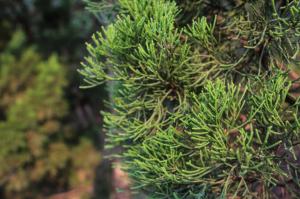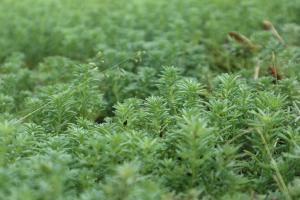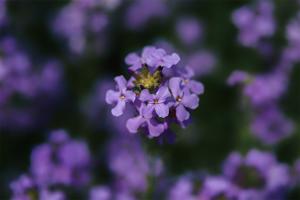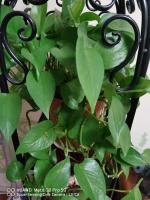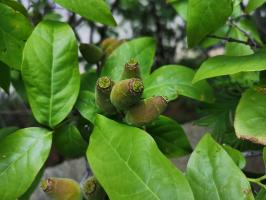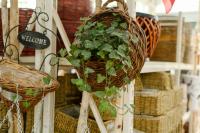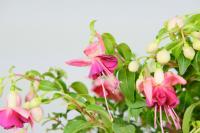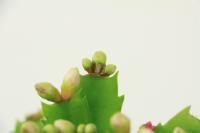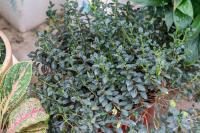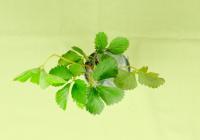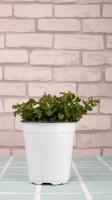1、 Excessive watering
The yellow leaves of Drynaria chinensis touch the wet soil, which is mostly caused by excessive watering. If it is found in time, the potted plants can be padded up and placed in a well ventilated place to let the water evaporate quickly. It was found late that the plant had rotten roots and needed to be pruned and replanted
2、 The basin soil is too dry
The yellow leaves of dryland Lily touch the dry soil and weigh the weight of the basin soil by hand. It feels very light. Most of it is caused by the too dry basin soil. If it is found in time, soak the dryland Lily in a basin, or slowly pour the soil through with water and remove the yellow leaves
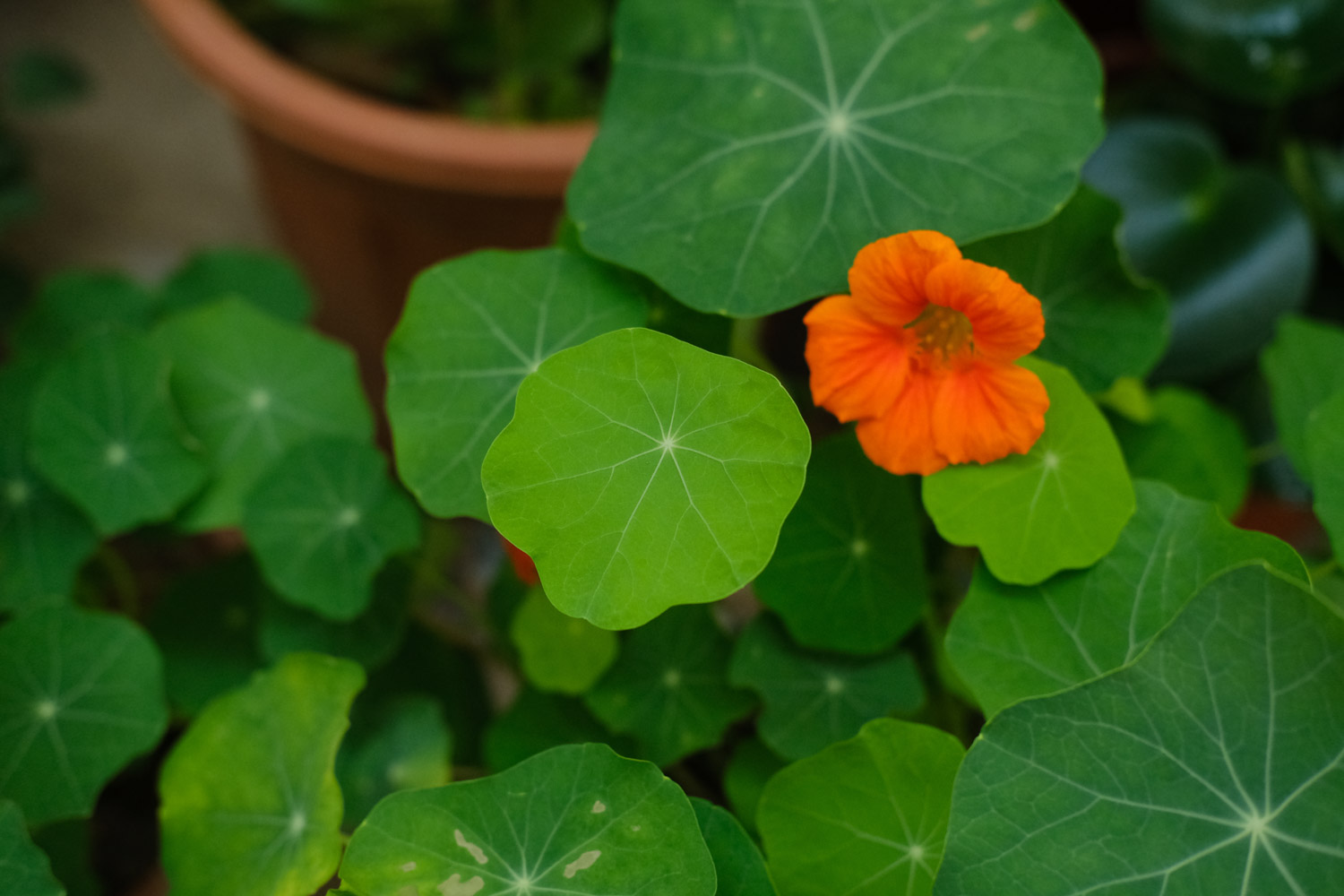
3、 The temperature is too low
If the yellow leaves of Drynaria chinensis occur in winter and the maintenance temperature is lower than 10 ℃, it is mostly caused by the low temperature. Timely move the potted plants to the indoor heating room for winter. If the indoor temperature is low, you can cover a plastic bag to keep warm and open it for ventilation at noon
4、 The light is too strong
If the yellow leaves of Drynaria occur in summer and the potted plants are exposed to the hot sun, it is mostly caused by too strong light. It is necessary to move the potted plants to a cool and ventilated place in time, or pull a sunshade net to spray water around the plants frequently to increase humidity and reduce temperature
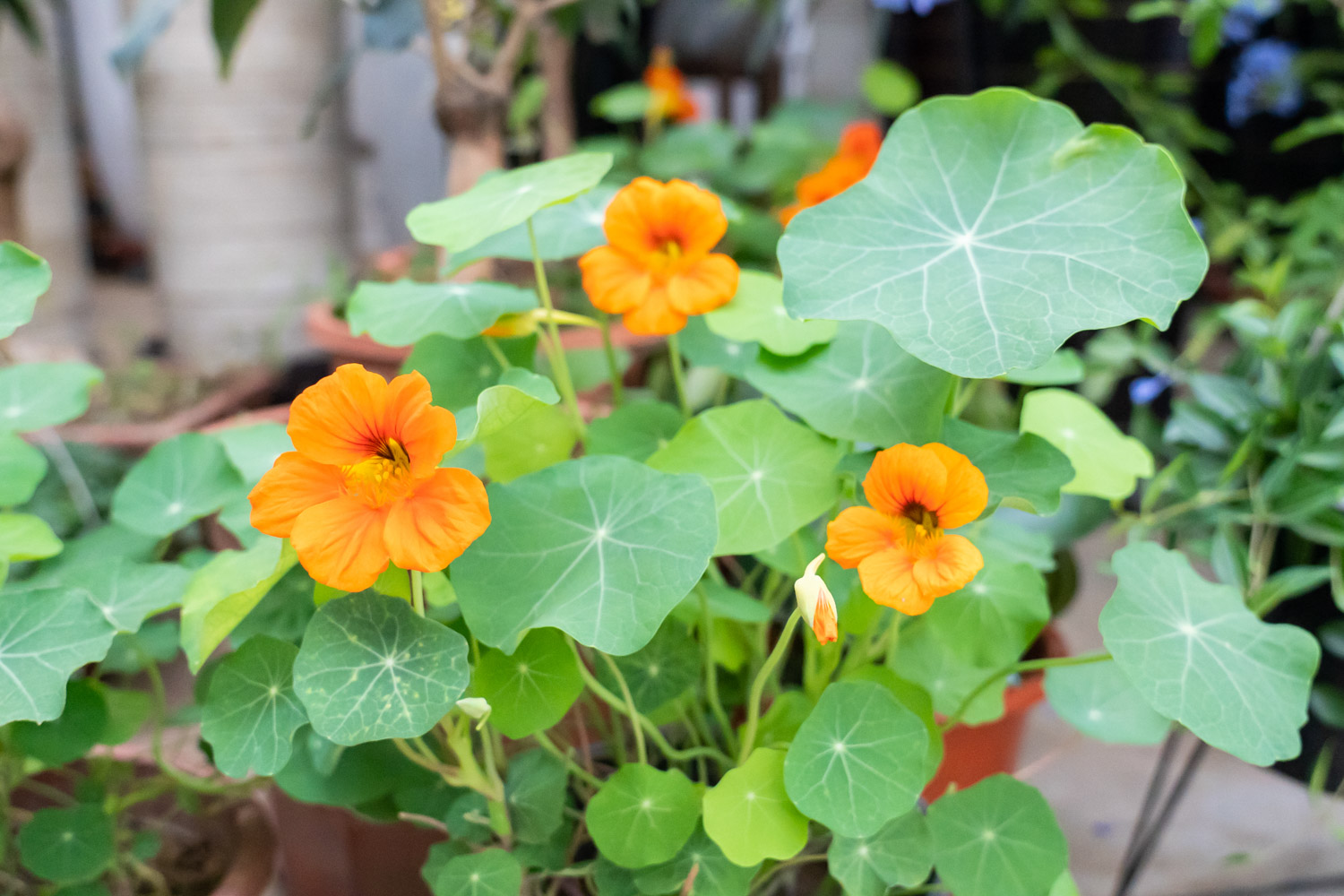
5、 Improper fertilization
If the yellow leaves of Drynaria occur within 1-3 days after fertilization, it is mostly caused by improper fertilization. It may be excessive fertilization or the application of immature fertilizer and water. You can flush the basin soil with water to dilute and reduce the degree of fertilizer damage
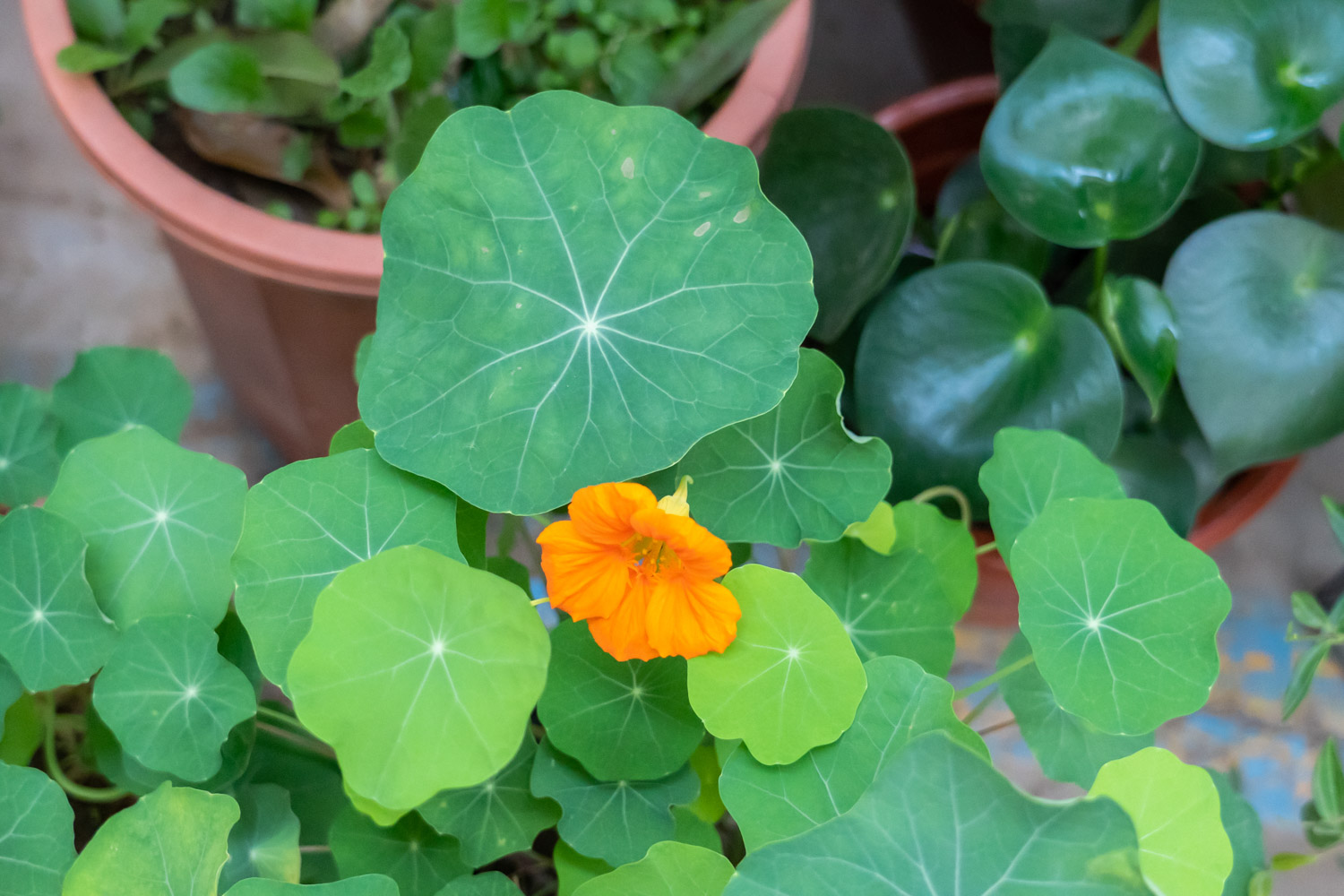

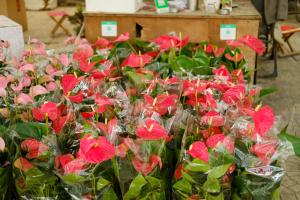 How is it that the l...
How is it that the l...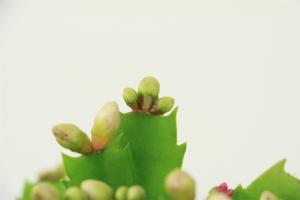 How do crab claw orc...
How do crab claw orc... Causes and treatment...
Causes and treatment... Causes and treatment...
Causes and treatment...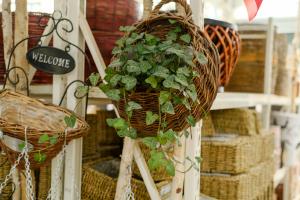 What's the matter wi...
What's the matter wi...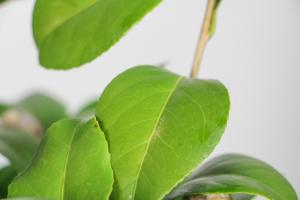 What's the matter wi...
What's the matter wi...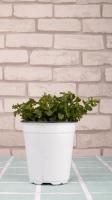 What's the matter wi...
What's the matter wi...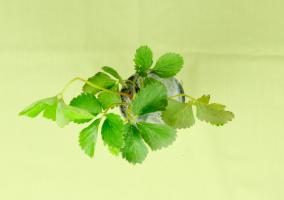 What's the matter wi...
What's the matter wi...